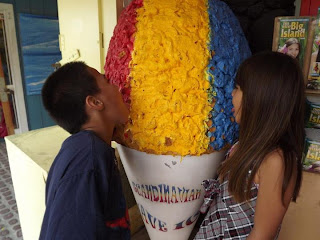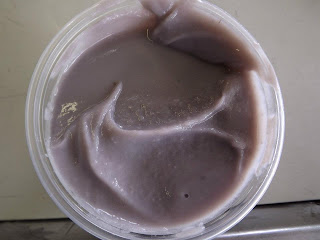 |
| Credit: DepositPhotos.com/chrishowey |
Aloha
mai kākou,
Welcome
to our new series, named “2honu Hawaiian Word of the Day”. Each day, a new
word will be shared with you, to help you learn a bit of the Hawaiian language
or ‘Ōlelo Hawai’i. The series will begin with the Hawaiian alphabet, and
some rules to help you with proper pronunciation in case you visit the islands,
or meet someone with a lengthy Hawaiian name or word. One wrong pronunciation,
can change the meaning. For example: Kālā means money $$$. Kala
could mean a Surgeon or Unicorn fish, and also a screwdriver. Ka lā means
The sun.
The
Hawaiian language consists of 5 vowels, pronounced as the following:
a,
like the a in car
e,
like the e in men
i,
like the y in pretty
o,
like the o in hole
u,
like the oo in soon
There
are 8 consonants:
h
Same as in English
k
Same as in English
l
Same as in English
m
Same as in English
n
Same as in English
p
Same as in English
w
After i and e pronounced v
After u and o pronounced like w
At the start of a word or after a pronounced like w or v
‘ ‘okina (or a glottal stop or a very fast break). It is usually found before a
vowel (such as o’o,
like oh oh, or u’u, like oo oo).
There
is also a kahakō or a macron, a stress marker used to lengthen a vowel such as
ō like ohh, meaning to answer, agree or talk etc.
Now,
that we got the important bits explained, our first 2honu word of the day is
HONOLULU ( ho-no-lu-lu) lit. meaning sheltered bay. Found on
the island of ‘O’ahu, Honolulu is the capital of Hawai’i and the most populated
of the islands. The famous Waikīkī beach, Diamond Head Crater, and Pearl
Harbor, are just a few famous places, located there. A famous song, I grew up
with, was called ‘Honolulu City Lights’ by the Beamer Brothers. I have
fond memories of the place I was born, grew up, and visit once in a while, to
share with my children the stories of my childhood. If you ever visit
Honolulu, make sure you go to the Swap Meet at the Stadium, Arizona Memorial,
‘Iolani Palace, Ala Moana, and Waikīkī……
 |
| Credit: DepositPhotos.com/sgoodwin4813 |
A
hui hou,
Haunani



.jpg)






























